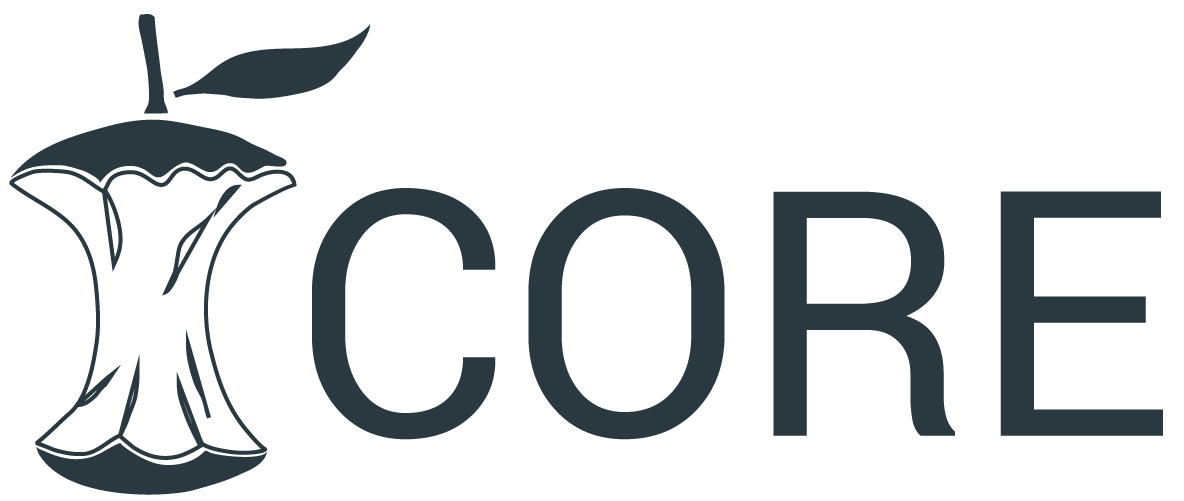Enzyme Immobilization: Novel Approaches
DOI:
https://doi.org/10.5281/zenodo.10995698Keywords:
enzyme, nanoscale, catalytic activity, surface areaAbstract
Enzyme enzymes are widely studied and explored areas due to their abundant potential to cater wide application range which makes researchers study more of this area. The high catalytic activity enabling ease in reactions formation of multiple products and byproducts or breakage of complex substances makes it an unavoidable option. However, the cost of pure enzyme increases the economic burden on the operations obstructing its full-fledged use. This leads to making enzyme restrict or immobilize within any inert matrix which can improve the reusability and also improve the tolerance against pH and temperature that can improve the activity of the enzyme. Many different enzyme immobilization approaches have been discussed in the following article.
Downloads
References
Feng, S., Ngo, H. H., Guo, W., Chang, S. W., Nguyen, D. D., Cheng, D., Varjani, S., Lei, Z., & Liu, Y. (2021). Roles and applications of enzymes for resistant pollutants removal in wastewater treatment. Bioresource Technology, 335, 125278.
Fotiadou, R., Patila, M., Hammami, M. A., Enotiadis, A., Moschovas, D., Tsirka, K., Spyrou, K., Giannelis, E. P., Avgeropoulos, A., & Paipetis, A. (2019). Development of effective lipase-hybrid nanoflowers enriched with carbon and magnetic nanomaterials for biocatalytic transformations. Nanomaterials, 9(6), 808.
Homaei, A. A., Sariri, R., Vianello, F., & Stevanato, R. (2013). Enzyme immobilization: an update. Journal of Chemical Biology, 6(4), 185–205. https://doi.org/10.1007/s12154-013-0102-9.
Iype, T., Thomas, J., Mohan, S., Johnson, K. K., George, L. E., Ambattu, L. A., Bhati, A., Ailsworth, K., Menon, B., & Rayabandla, S. M. (2017). A novel method for immobilization of proteins via entrapment of magnetic nanoparticles through epoxy cross-linking. Analytical Biochemistry, 519, 42–50.
Lee, I., Cheon, H. J., Adhikari, M. D., Tran, T. D., Yeon, K.-M., Kim, M. Il, & Kim, J. (2020). Glucose oxidase-copper hybrid nanoflowers embedded with magnetic nanoparticles as an effective antibacterial agent. International Journal of Biological Macromolecules, 155, 1520–1531.
Nadar, S. S., Patil, P. D., & Rohra, N. M. (2020). Magnetic nanobiocatalyst for extraction of bioactive ingredients: A novel approach. Trends in Food Science and Technology, 103(June), 225–238. https://doi.org/10.1016/j.tifs.2020.07.007.
Nadar, S. S., & Rathod, V. K. (2018). Magnetic-metal organic framework (magnetic-MOF): A novel platform for enzyme immobilization and nanozyme applications. International Journal of Biological Macromolecules, 120, 2293–2302. https://doi.org/10.1016/j.ijbiomac.2018.08.126.
Nguyen, H. H., & Kim, M. (2017). An overview of techniques in enzyme immobilization. Applied Science and Convergence Technology, 26(6), 157–163.
Salgaonkar, M., Nadar, S. S., & Rathod, V. K. (2019). Biomineralization of orange peel peroxidase within metal organic frameworks (OPP–MOFs) for dye degradation. Journal of Environmental Chemical Engineering, 7(2), 102969. https://doi.org/10.1016/j.jece.2019.102969.

Downloads
Published
How to Cite
Issue
Section
ARK
License
Copyright (c) 2024 Radhika Kelkar, Dr. Pallavi Patil

This work is licensed under a Creative Commons Attribution 4.0 International License.
Research Articles in 'Applied Science and Biotechnology Journal for Advanced Research' are Open Access articles published under the Creative Commons CC BY License Creative Commons Attribution 4.0 International License http://creativecommons.org/licenses/by/4.0/. This license allows you to share – copy and redistribute the material in any medium or format. Adapt – remix, transform, and build upon the material for any purpose, even commercially.










